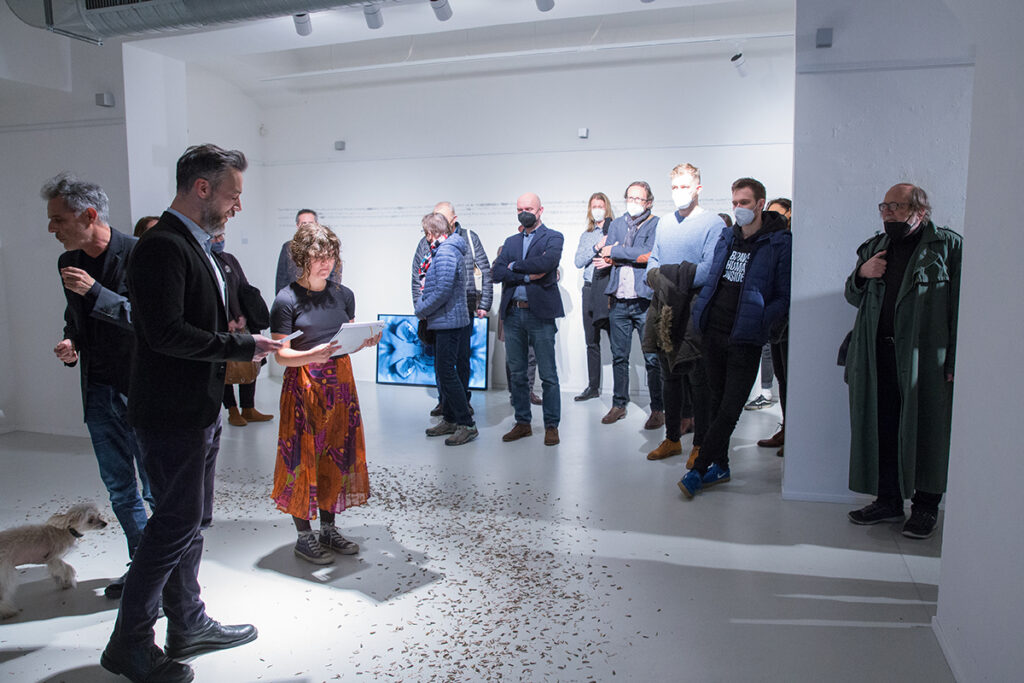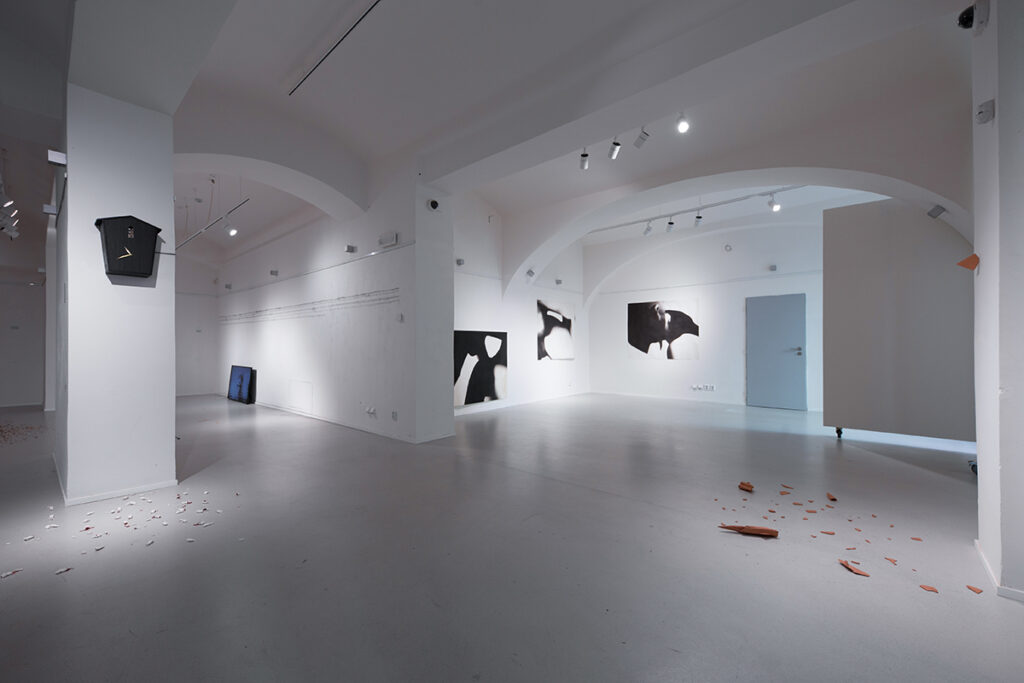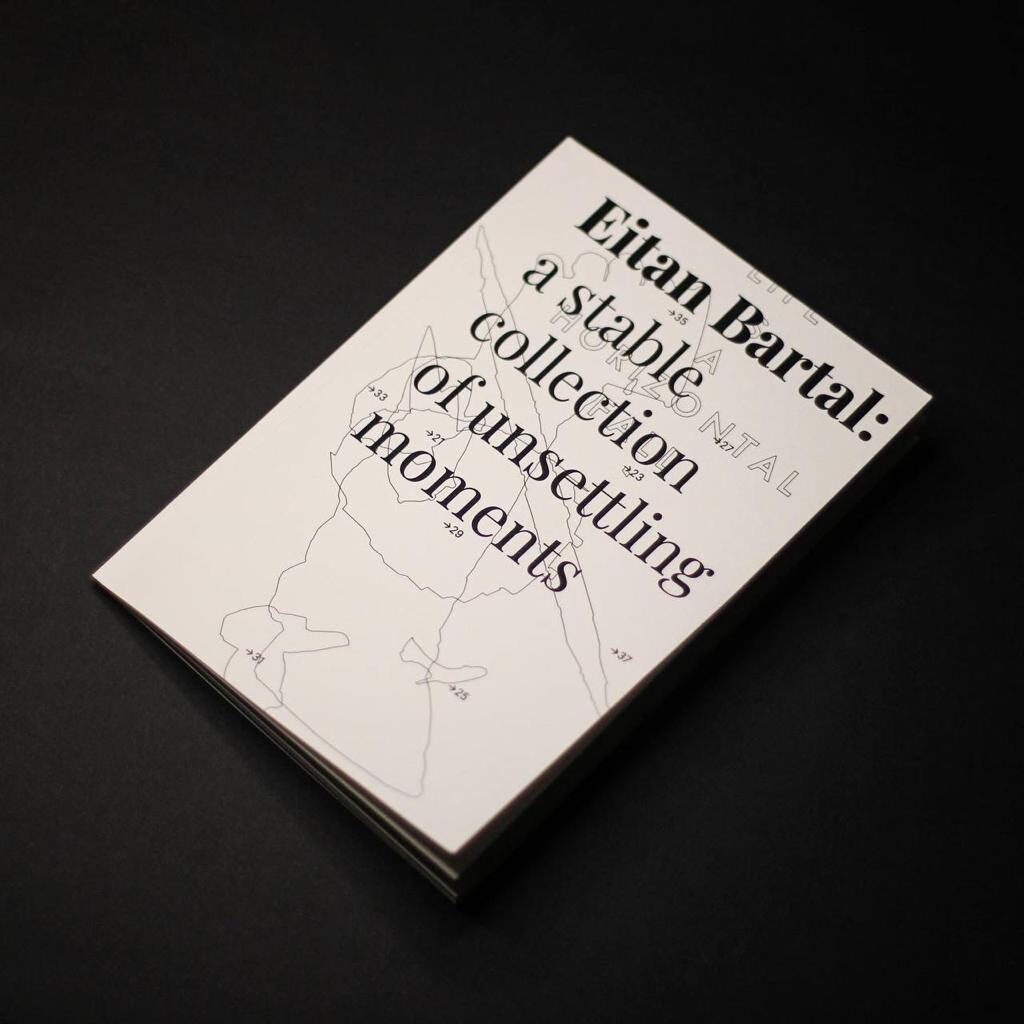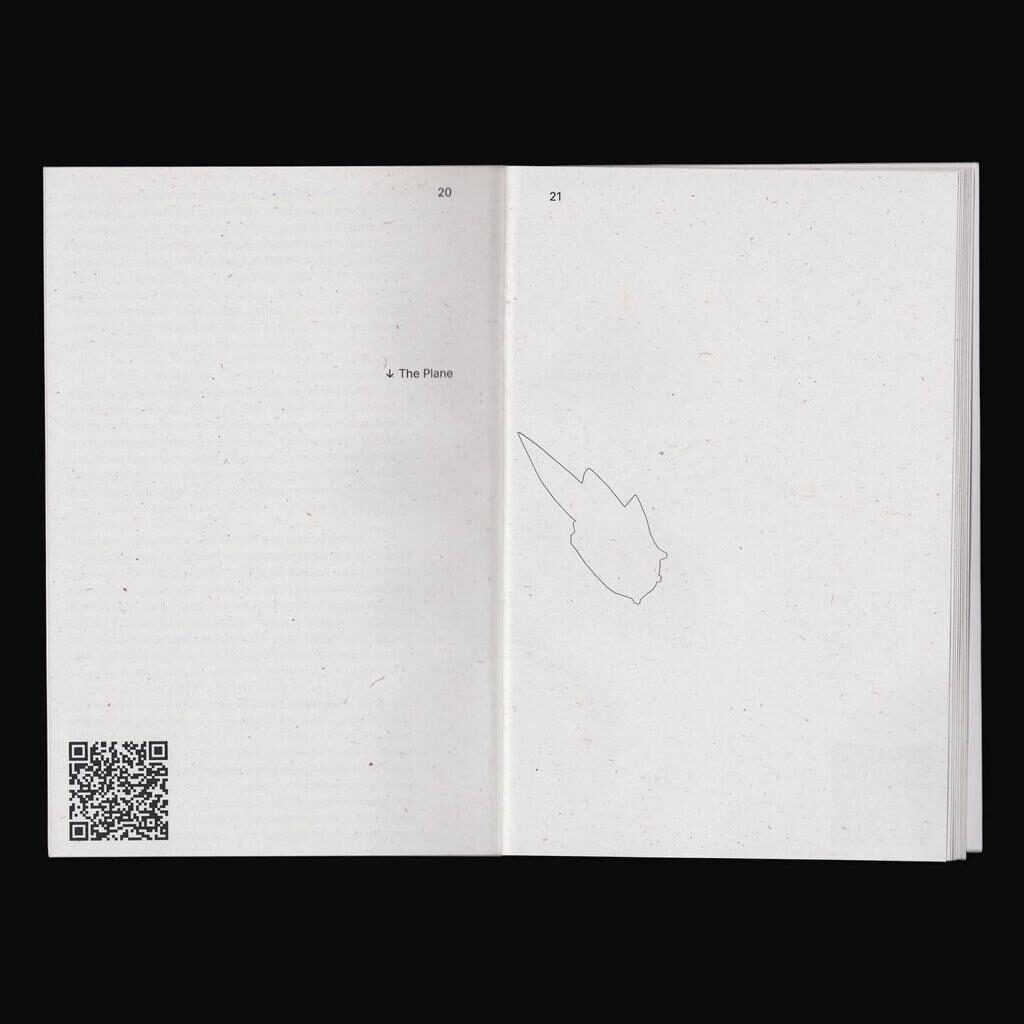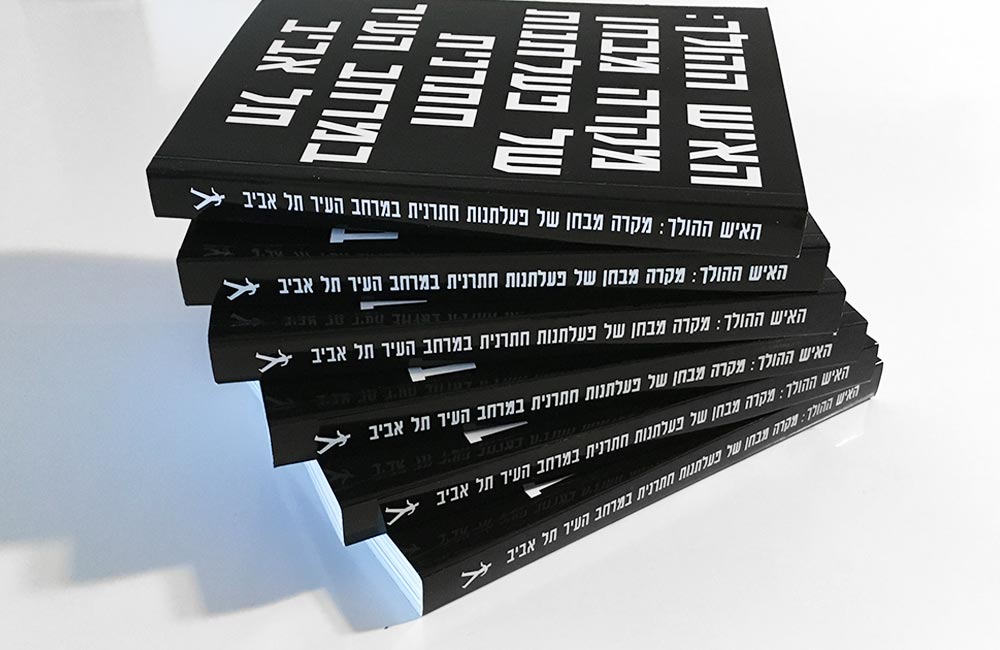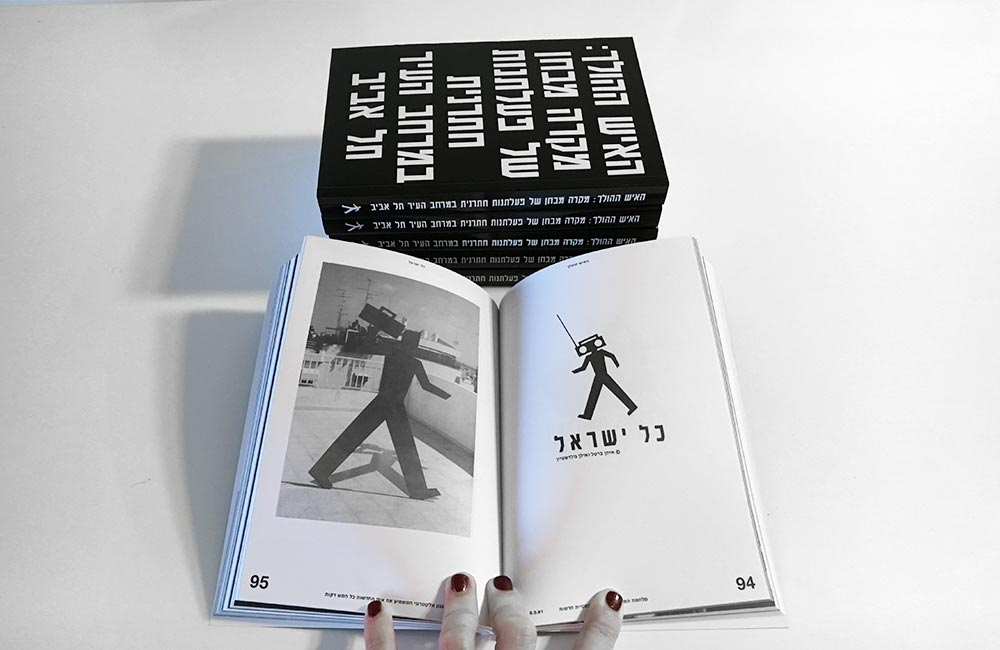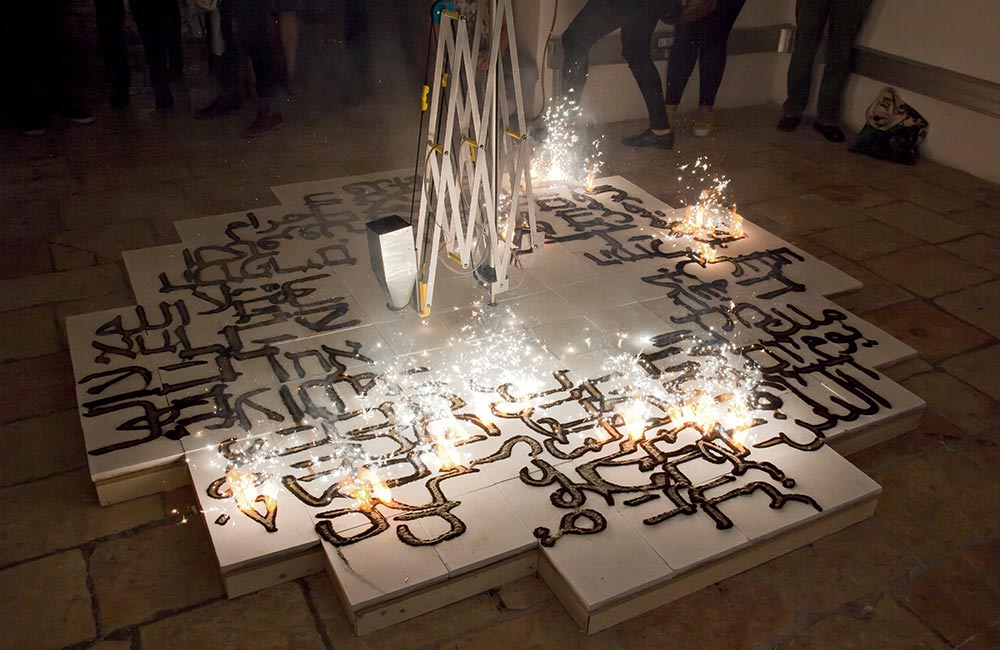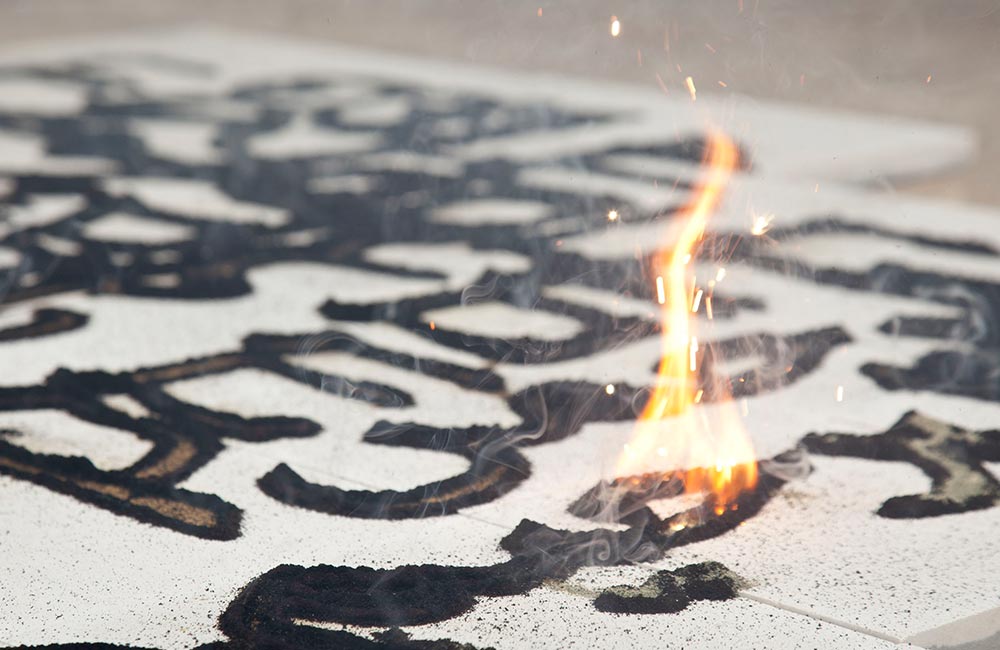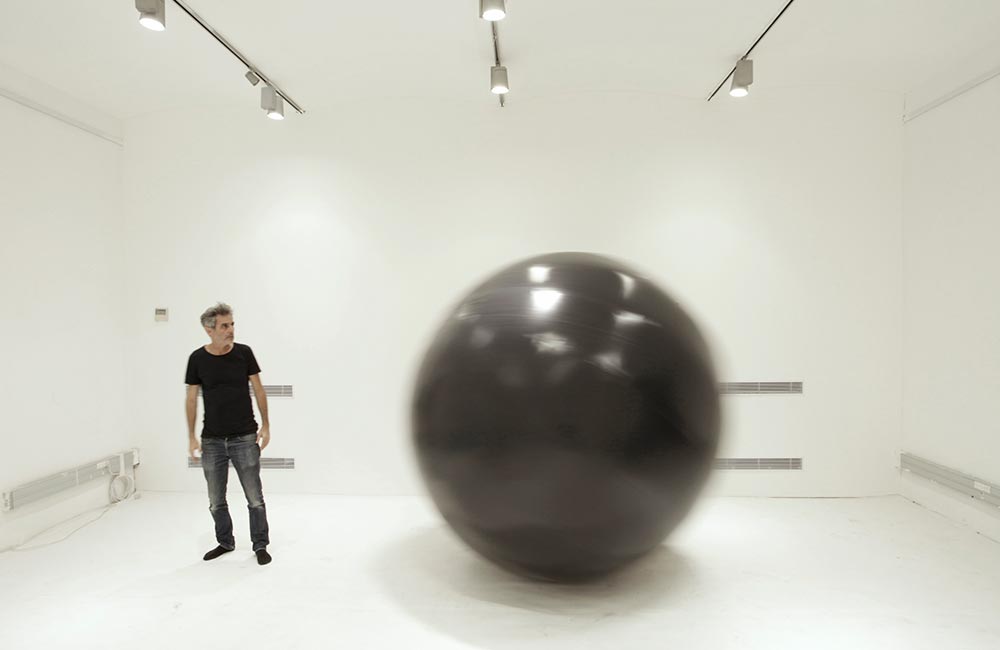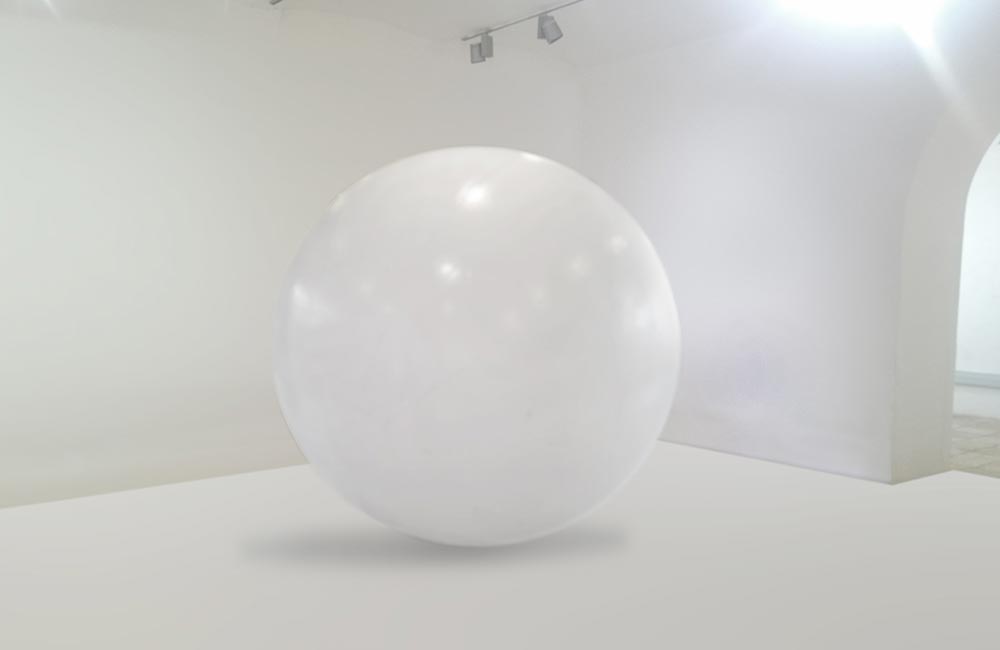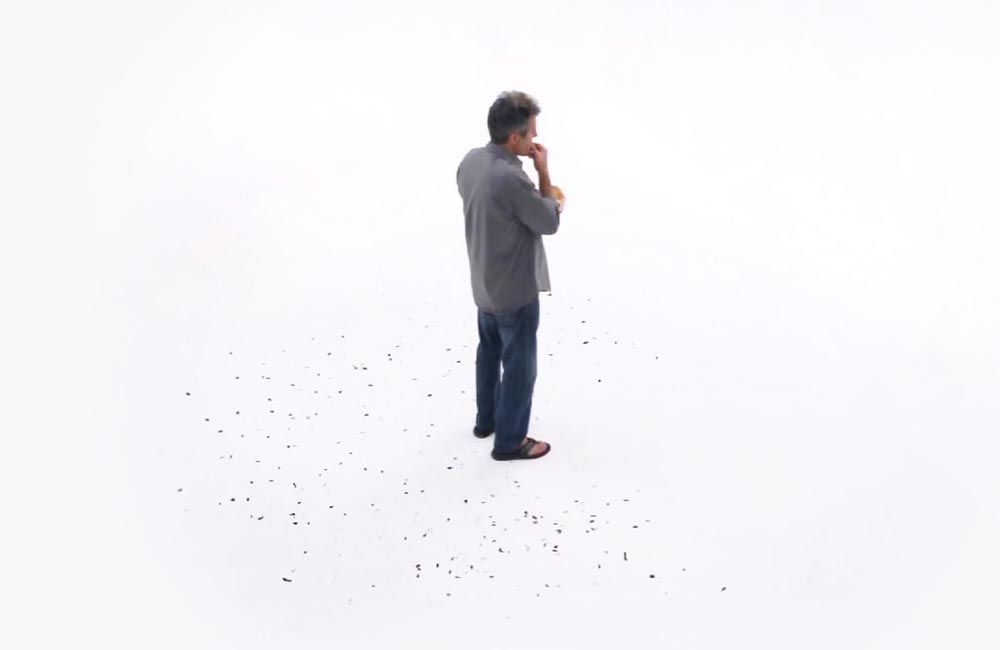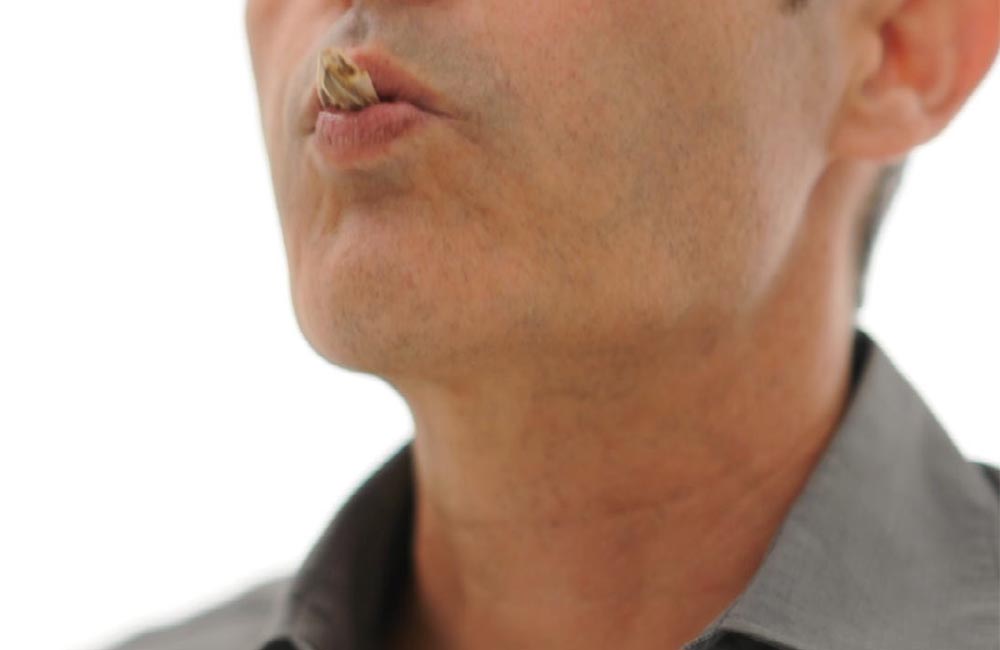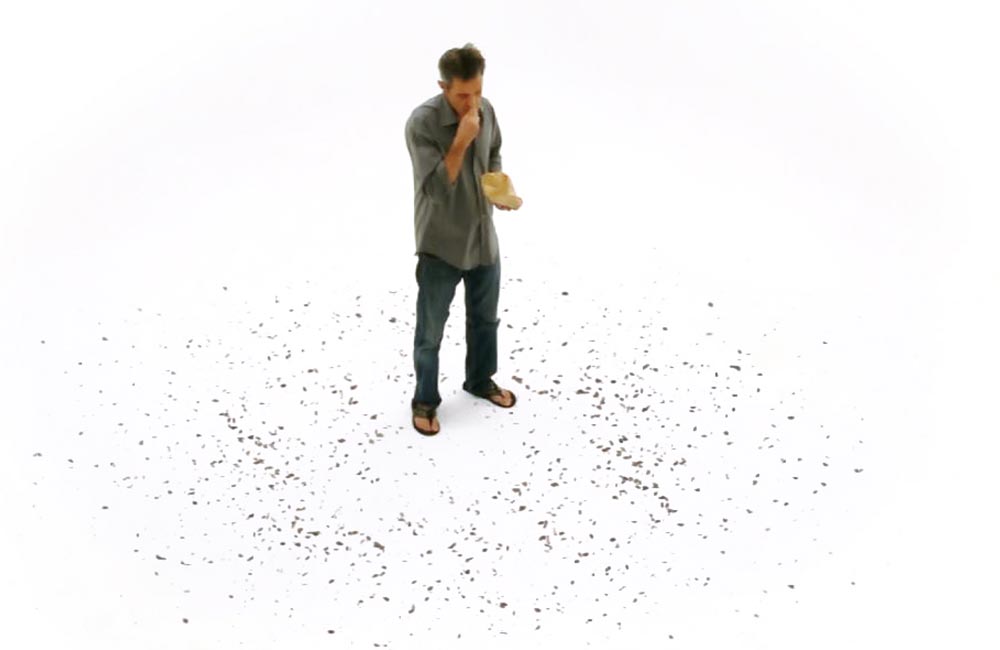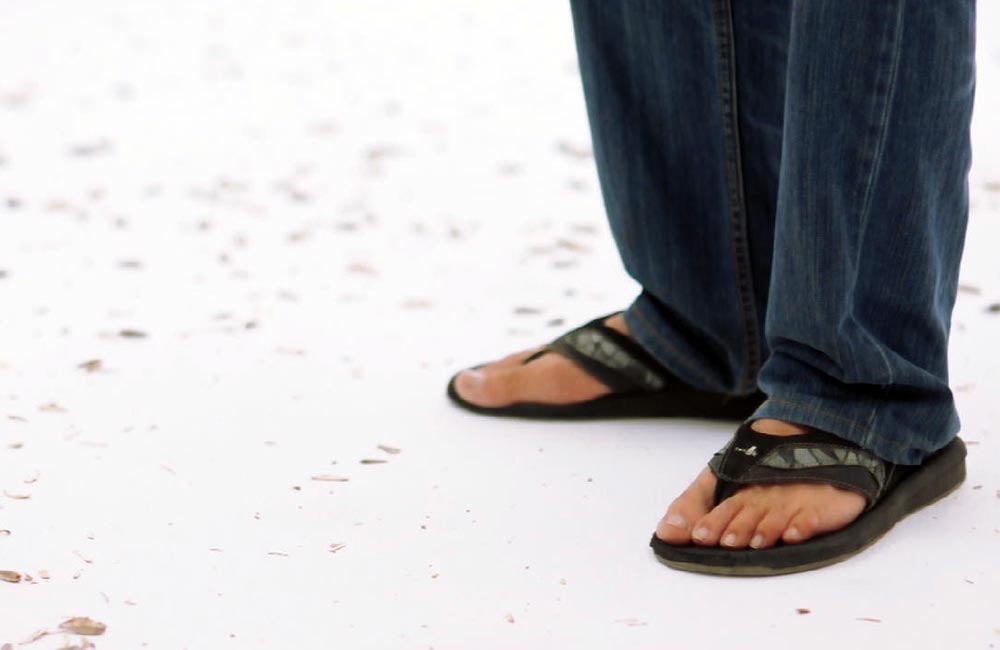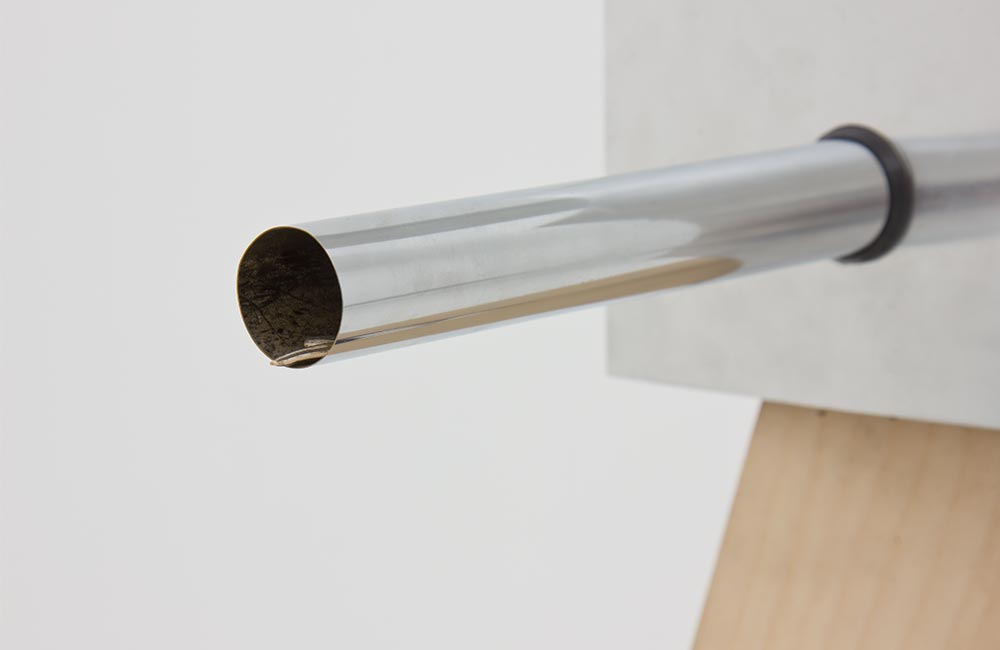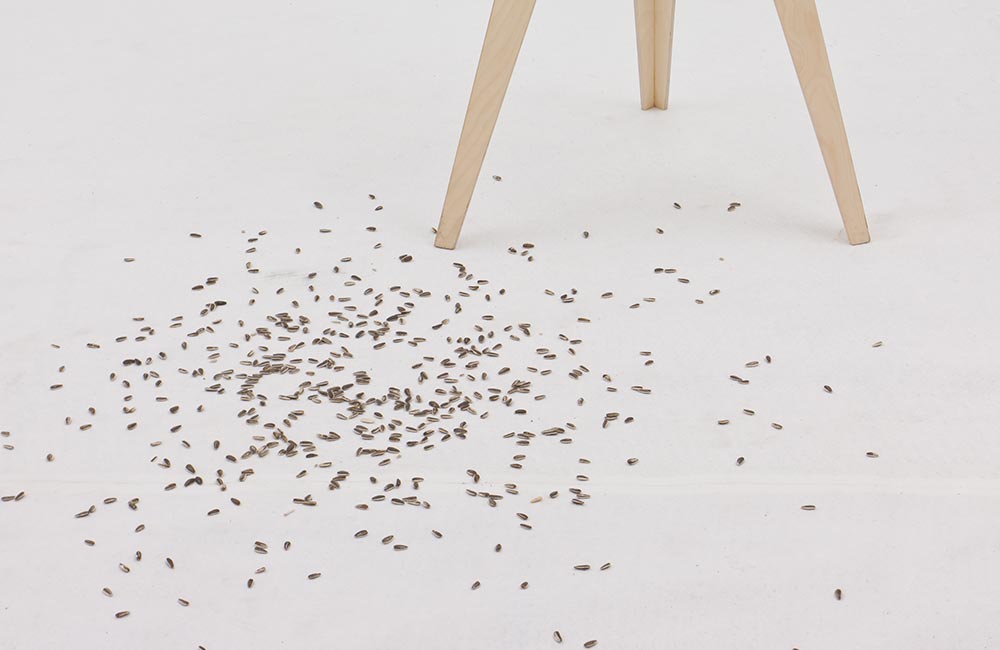Opening: Thursday 14.4.2016, 8pm
During The Walking Man Award for “Urban Activism” ceremony
As part of the Grand Opening at Beit Ha’Ir, a first-of-its-kind event will take place, highlighting the work of activists in the city of Tel- Aviv- Jaffa. The event includes an installation showcasing selected works from The Walking Man project, creating the background and setting for the entire event. During the Opening evening, activists working within city limits and in different scenes, will be awarded The Walking Man Decoration.
The Walking Man, a pioneering project born on the streets of Tel Aviv- Jaffa, was created by Eitan Bartel and Ilan Goldstein in the early 1990’s and paved the way for urban activism. The Walking Man’s first step on the streets of Tel Aviv- Jaffa, was taken with a graffiti picturing the walking man figure appearing on pedestrian traffic lights, along with the words “soon I’ll get far”. The figure and its declaration are symbols of forward- moving determination, action independent of achievement or goal.
From the walls of the city, the graffiti moved to a column in Ha’Ir newspaper, while several installations were erected around the city, utilizing the Homa and Migdal method. This undermining course of action, challenged the establishments control over the municipal space. The peak of the project was a Walking Man for Mayor Campaign (1993): A fictional character with a subversive agenda. Issues buried deep in the city’s complaint box until then, turned into the campaigns agenda, manifested as aggressive, media- covered street activity.
The exhibition celebrating the release of the book, documents The Walking Man’s determined journey through the streets of Tel Aviv- Jaffa and the campaign. The exhibition will focus on The Walking Man’s aggressive campaign, trumpeting a civil agenda with biting language. In addition, propaganda actions from the campaign, depicting its subversive and Dadaistic influences, will be presented. Some of the sculpted works Bartel and Goldstein’s stationed around the city, leading to their arrest, will be showcased. The book, released during the exhibition, groups together the entire work associated with The Walking Man project and is a comprehensive and rare document of its time.
The Walking Man Decoration will be awarded during the evening to urban activists, a diverse list of people and occupations, as part of Tel Aviv- Jaffa’s birthday. The goal is to cherish and honor those whose works confront the national priority list with the local. Individualists who dedicate their lives to change and action in area’s others regard as peripheral, negligible and eccentric. The Walking Man Decoration is awarded to those who embarked on their own journey- not waiting for others to join or approve. People who make the city suitable for its inhabitants – the heroes of the city.
The Grand Opening includes live music and a party.
The people behind The Walking Man Eitan Bartel and Ilan Goldstein, kids off the streets of Tel Aviv, are bothered with the piling garbage, angry about the lack of pedestrian-only zones, hurt by the attitude towards civilians and shortage of water fountains- created an urban protest, similar to an obsessive writer sending letters to editors, but on a much larger, unprecedented and disproportionate scale. Their familiarity with the field and knowing the rules by which to play in the world of advertising, design, press and music- allowed them to express The Walking Man in different media in an abrasive, rude and almost laughable aesthetic, which laid the groundworks for other activists, designers and street artists. The two continue collaborating on political campaigns for Prime Minister, in Israel and abroad. During this month, BET Ha’Ir will hold a variety of events with and about activists, highlighting different aspects of Activism and its importance.
Chief Curator and Director of Bialik compound: Ayelet Bitan Shlonsky
Artistic consultant: Claudette Zorea
Production and Curation team: Sivan Lustgarten, Shira Granit
Political consultant: Omer Krieger
Bet Ha’Ir (former city hall) owned by the municipality of Tel Aviv- Jaffa, was renovated in 2009 honoring the city’s Centennial celebrations and is part of the Bialik compound- a compound for Hebrew and Israeli culture, declared a World Heritage Site by UNESCO. Under the management of Ayelet Bitan Shlonsky, Chief Curator, Bet Ha’Ir has turned to a unique visual center for urban Tel Aviv- Jaffa culture and a home to the city’s residents: Artists, creators, intellectuals, tourists and guests seeking to know Tel Aviv and become a part of its being.

